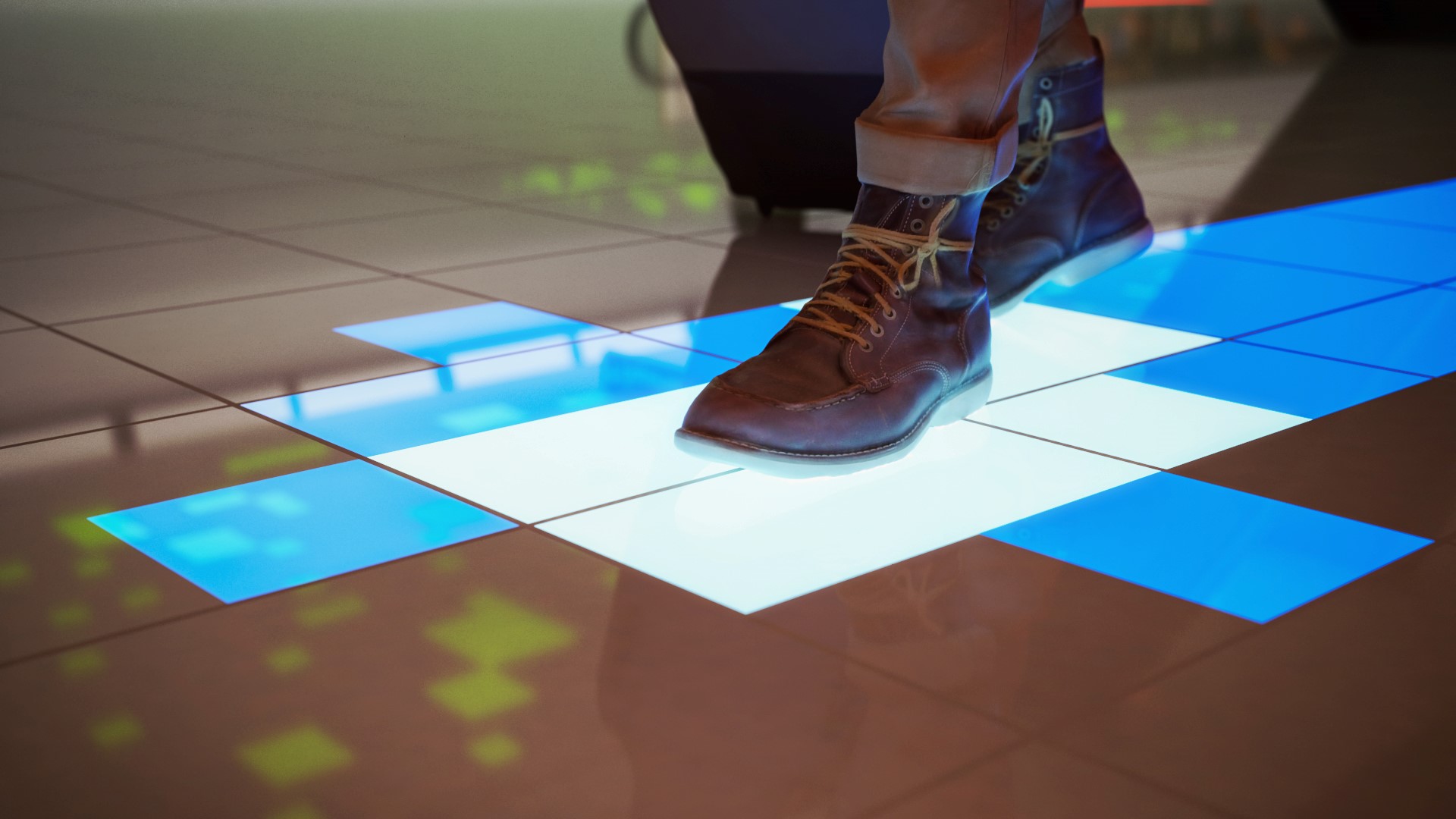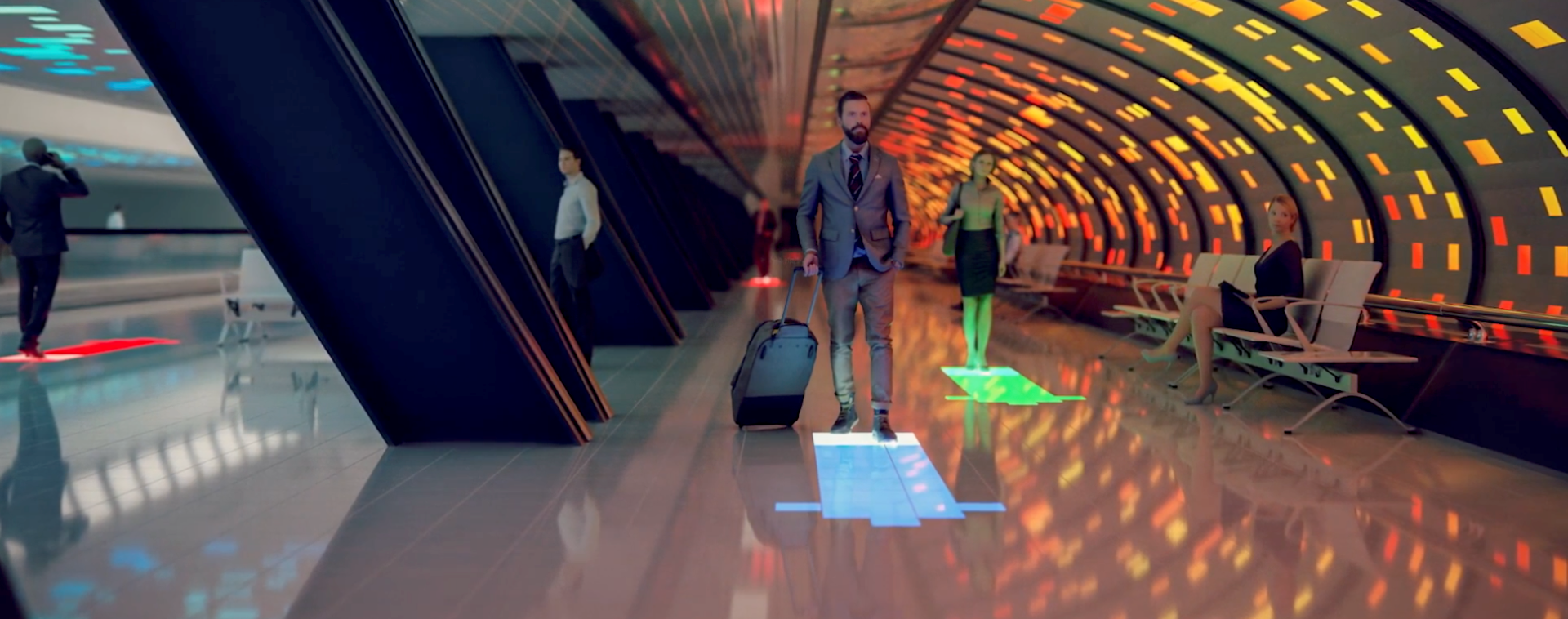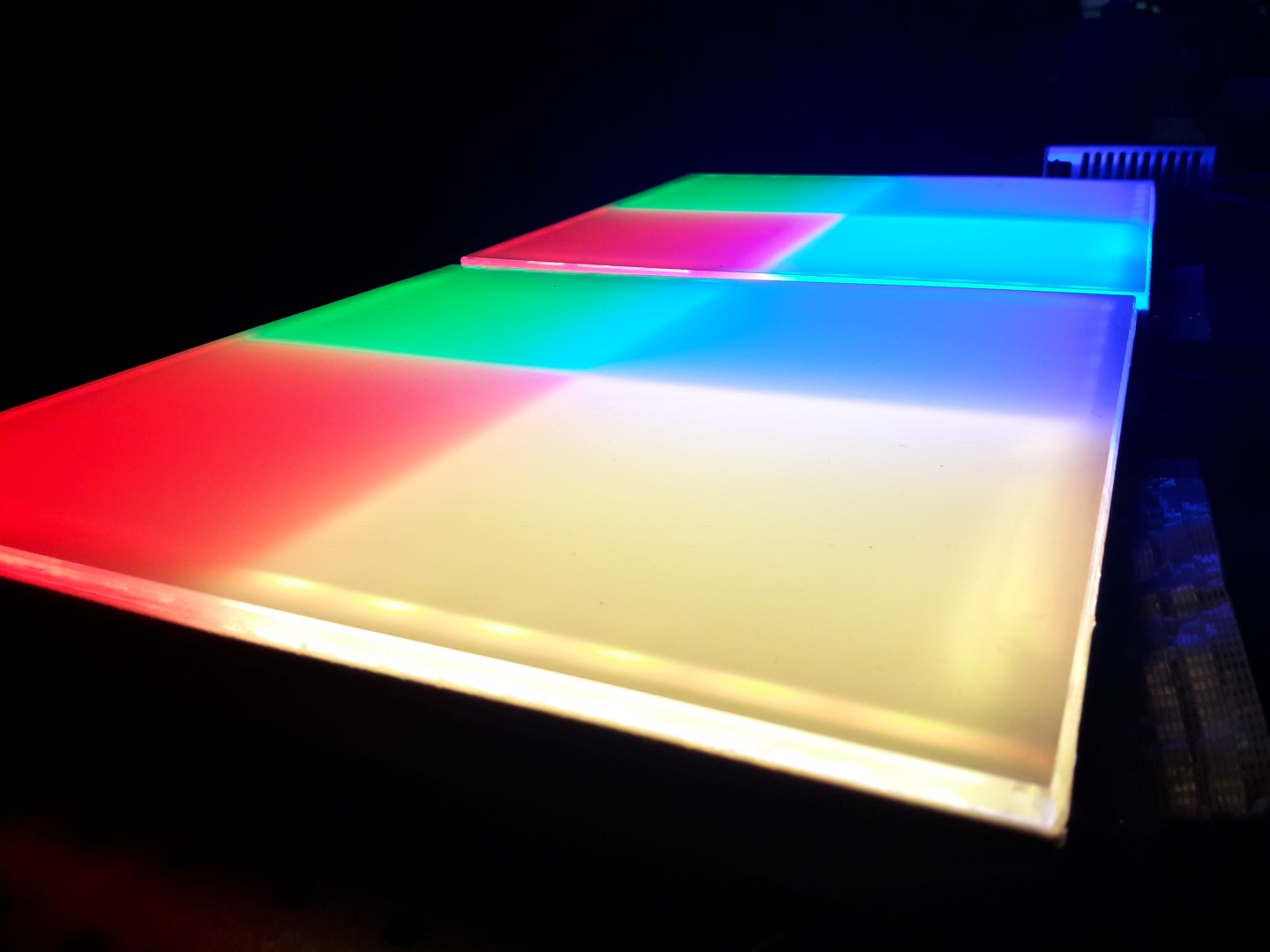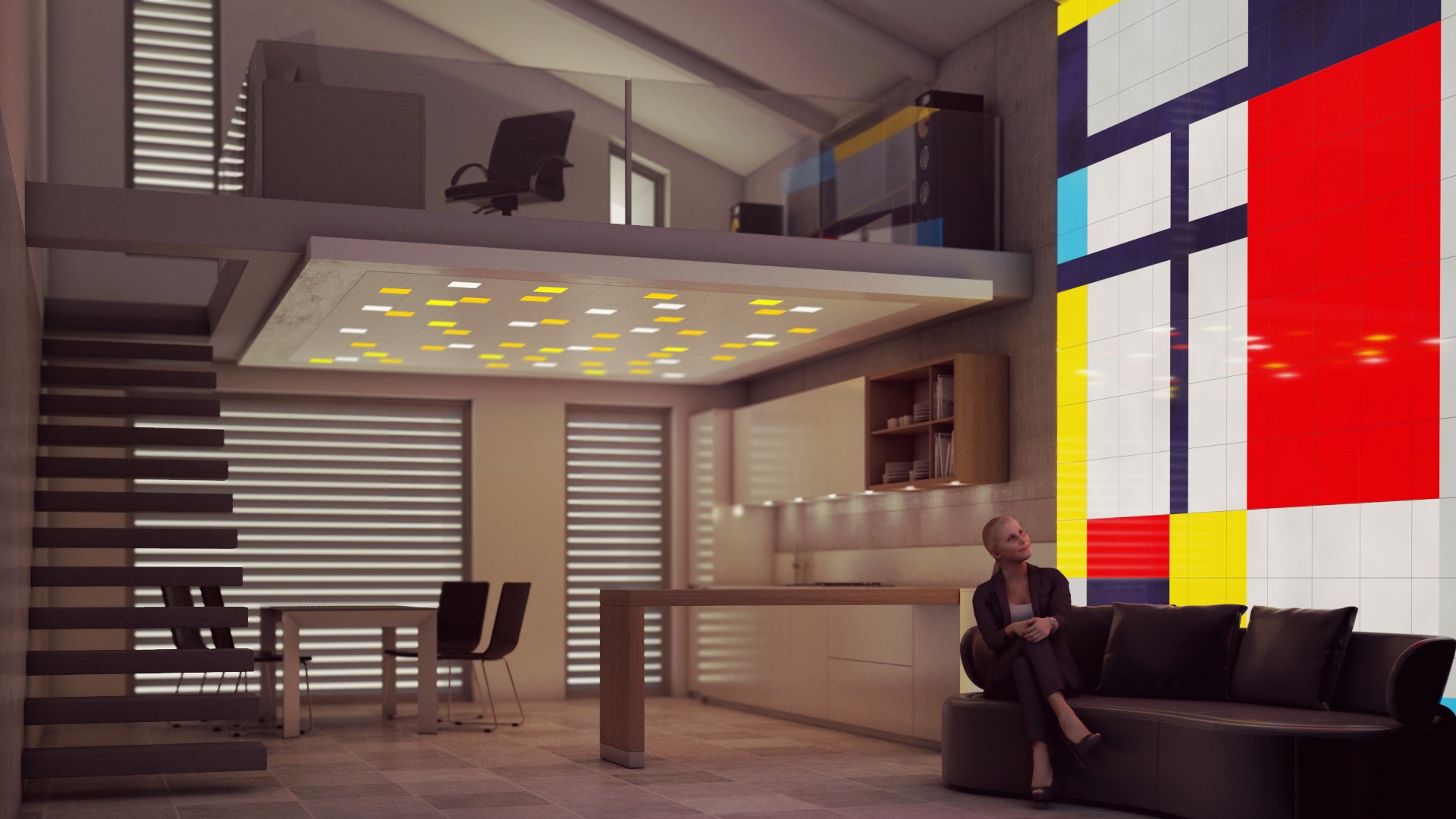The ‘Luminous Electronic Tile’, or LUMENTILE, project mixes the simplicity of a plain ceramic tile with sophisticated touch screen technology to create a light source and unparalleled interaction. All it takes is one tap to change the colour, look or mood of any room in your house.
The project received a €2.5 million grant from Horizon 2020. It was co-ordinated by the developed from Universita Degli Studi Di Pavia of Italy and included Teknologian Tutkmuskeskus VTT of Finland, Eclexys SAGL of Switzerland, Julight SRL and Ketaplan SRL of Italy, Studio Itinerante Arquitectura SL and Knowledge Innovation Market SL of Spain.
A combination of ceramic, glass and organic electronics, the luminous tile includes structural materials, solid-state light sources and electronic chips and can be controlled with a central computer, a smart phone or tablet.
“This is not just a digital panel to replace an animated poster like you see on the Underground network, but a whole new way of life. You are instantly in control of your own environment,” says Prof GuidonGiuliani of the University of Pavia, “if you don’t like your bathroom in blue, now you can change it to green with one tap. If you like flowery wallpaper, ducks or Christmas trees, that’s up to you.”
Each measuring the size of a standard, rectangular A4 piece of paper with their own internal power source, the tiles can be tailored entirely to the customer’s needs: completely or partially covering the walls of a room, a floor, ceiling, or perhaps total submersion. So long as the pieces tessellate, any shapes will be possible such as hexagonal or triangular ceramic tiles.
The tiles, which can be switched off so that a basic silver, black or white colour can be a default setting, are equipped with an on board micro-controller, and operate on a lexical network invisible to the user.
The surface of each tile has uniform and efficient illumination, achieved by LUMENTILE’s smart light management system, a new approach based on a light guiding slab and spatially selective light extraction.
With the ability to configure the tiles to become ‘smart floor panels’ that recognise when an elderly user is no longer standing or has perhaps fallen, or in security situations where a floor will be sensitive to intruders, the tiles have the capacity to act as a ‘smart’ floor.
“When arranged into a Smart Floor setting,” Giuliani said, “LUMENTILE has the capability to form dynamic paths. The main applications of the LUMENTILE product are in public spaces, for example by creating luminous, interactive floors that create automatic guiding paths. In shopping centres or airports for example, if a customer needs directing to a store or terminal, they can follow an illuminated walkway.”
With its durable nature, the luminous ceramic tile could be used externally: placing it on the outside of a building creates the obvious potential for advertising or changing the colour or appearance. However the tiles can be flat or curved to fit around columns or uneven contours.
Military vehicles, for example, fitted with this external ‘skin’ crossing a variety of terrains, such as woodland, desert or water would be capable of unlimited camouflage at the flick of a switch.
“It may sound like the stuff of James Bond but external tiles would create a ‘chameleonic skin’, or instant camouflage. Although we are a long way off this yet, this would allow a car or building to blend completely into its surroundings, and hence ‘disappear’,” said Giuliani.
 Electronics Weekly Electronics Design & Components Tech News
Electronics Weekly Electronics Design & Components Tech News







